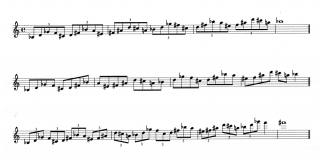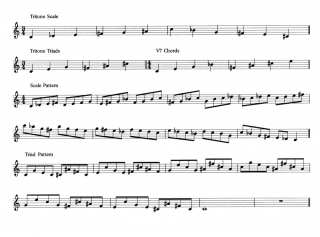Tomorrow night keyboardist Bob VanStee and I join forces to play for the one-year anniversary of The Seasonal Grille in downtown Hastings. I feel honored to be a part of the celebration. Justin Straube and his crew are great to work with. They appreciate their musicians, genuinely enjoy the music, and all around are just plain “good people.” In other words, this place is a pleasure to play at.
Justin has turned out a first-class dining establishment that gives his patrons far more than their money’s worth. The ambiance is comfortably elegant, the kind where you can dress up or dress down and feel good about either option. As for the food and the prices, it’s hard to believe that culinary creations of such superb quality can be so ridiculously affordable. You’d have to look far and hard in order to find meals of comparable gourmet deliciousness that cost so little. Frankly, I don’t know how Justin does it. I think a large part of it is, he simply wants to give people a good deal.
Anyway…Bob and I play tomorrow (Friday) from 6:00–9:00 p.m. Come on out and get a plateful, a beerful, and an earful. I might add, this is a great date-your-mate location! Here’s the info:
- The Seasonal Grille
- 150 West State Street
- Hastings, MI
- Time: 6:00–9:00 p.m.
- Phone: (269) 948-9222
Some of my storm chasing friends will be coming out tomorrow to hang out with each other. Maybe I’ll see you there too.



